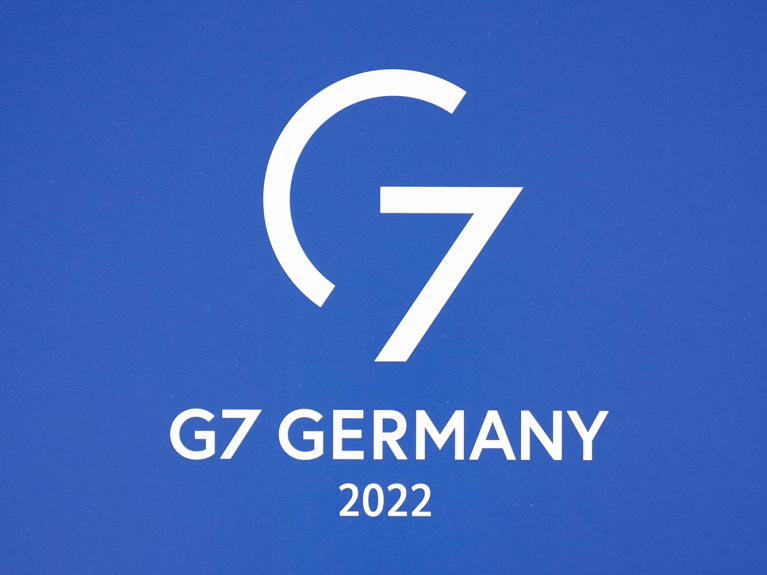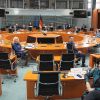Germany’s G7 presidency
Germany holds the presidency of the G7 in 2022. We take a look at the Group of Seven and the goals of the German government.

2022 is the third time that Germany has assumed the G7 presidency. The German government has set itself a number of goals for its one-year presidency of this group of seven leading democratic economies. The highlight will be the G7 summit that is to take place at Elmau Castle in the Bavarian Alps at the end of June. We present an overview of the Group of Seven and Germany’s goals:
Which objectives will Germany be pursuing during its G7 presidency?
Focal points include climate protection, fighting the Covid pandemic and on principle international co-operation. “We will use our presidency to make this group of states a pioneer. A pioneer for a climate-neutral economy and a just world”, German Chancellor Olaf Scholz announced in his New Year’s address. Making reference to the climate crisis, the coronavirus pandemic and the “resilience of democracies”, Foreign Minister Annalena Baerbock had the following message for Germany’s presidency: “Act before it’s too late.” Just a few weeks later, on 24 February 2022, Russia launched its war of aggression against Ukraine. This has been shaping Germany’s G7 Presidency ever since. The seven states are standing solidly beside Ukraine and unanimously condemn the invasion of Russia’s neighbouring country under the orders of President Vladimir Putin. The G7 states reacted with an unprecedented package of sanctions and pledged financial and military support for Ukraine.
As a result of the war, global food security has become a key concern. Germany is pushing strongly for an internationally agreed response in order to counteract the threat of a world hunger crisis resulting from the absence of grain exports from Ukraine.
Which states make up the G7?
Besides Germany, the group includes France, United Kingdom, Italy, Japan, Canada and the USA. In addition, the European Union attends all of its meetings. The group of states is not an international organisation, however, but an informal forum – which is why the country that holds the presidency for one year has a particularly important role to play. It also organises the summit of the heads of state and government.
How did the G7 come about?
Dieses YouTube-Video kann in einem neuen Tab abgespielt werden
YouTube öffnenThird party content
We use YouTube to embed content that may collect data about your activity. Please review the details and accept the service to see this content.
Open consent formOn the initiative of the then German Chancellor Helmut Schmidt and the former French President Valéry Giscard d’Estaing, a first summit of six states was held in 1975 in response to a global economic crisis. One year later they were joined by Canada – ever since, these seven industrialised countries have made up the G7. Whereas economic issues were the main focus in the early days, the spectrum of topics covered became wider and wider in subsequent decades. Russia was admitted to the group in 1998 but was then excluded again in 2014 because of the country’s annexation of Crimea.
Where and when will the G7 summit take place?

The heads of state and government will come together at Elmau Castle in the Bavarian Alps from 26 to 28 June 2022. This is also where the last G7 summit under Germany’s presidency took place in June 2015. Situated around 100 kilometres to the south of Munich, the castle is close to Germany’s highest mountain, the Zugspitze.
All key information and latest developments relating to Germany’s G7 presidency can be found here.



